Best Practices for Building Efficient Docker Images
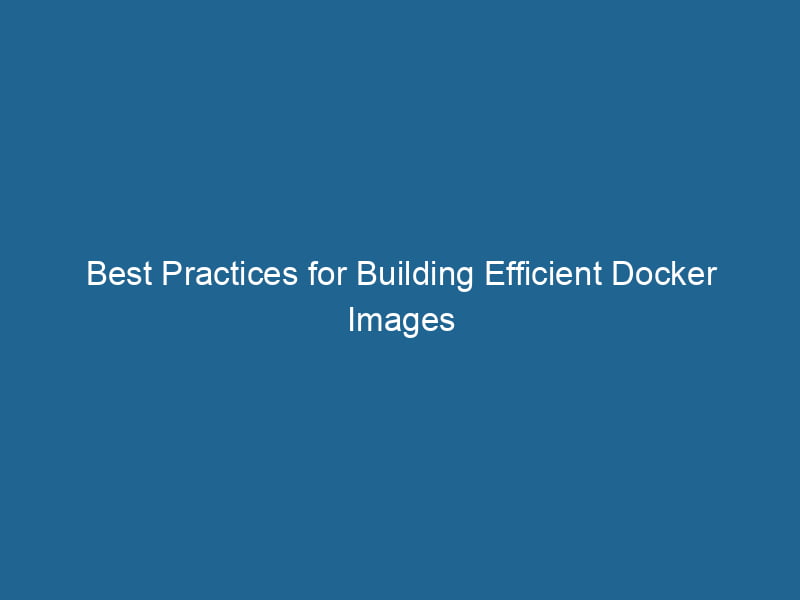
To build efficient Docker images, use multi-stage builds to minimize size, optimize layer ordering for caching, and leverage .dockerignore to exclude unnecessary files, enhancing performance and security.
Effective Strategies for Managing Docker Images: Pull, Push, Tag
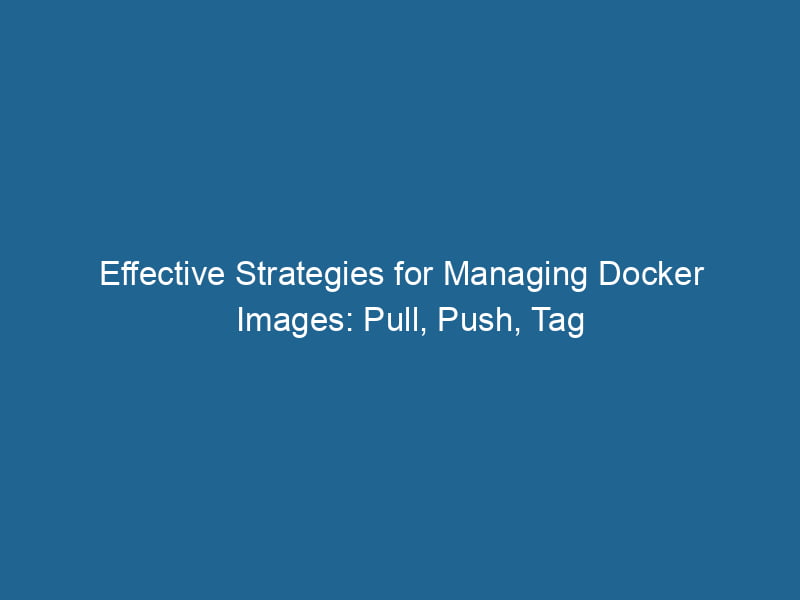
Managing Docker images effectively involves mastering the commands to pull, push, and tag images. This ensures optimal storage usage, version control, and seamless integration in CI/CD workflows.
Automating Image Creation with Dockerfile: A Technical Guide
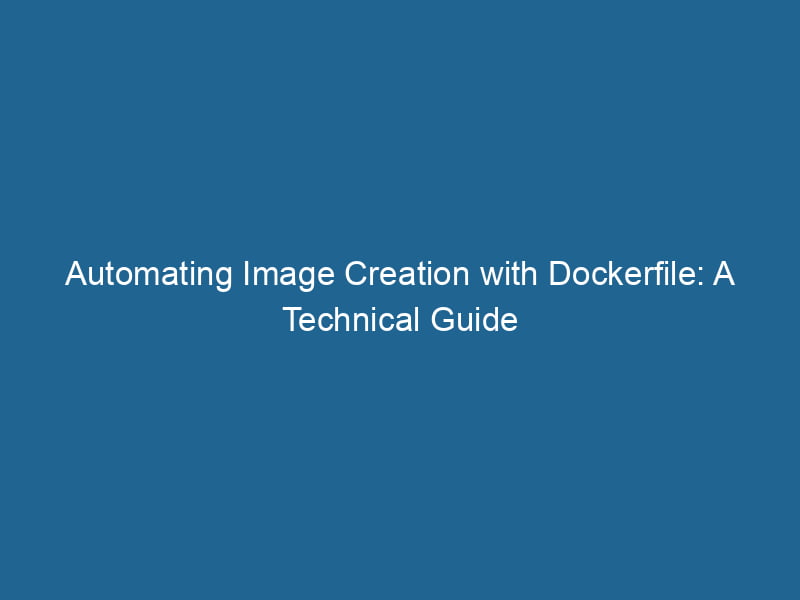
In this guide, we explore how to automate image creation using Dockerfiles. Learn essential commands, best practices, and techniques to streamline your containerization workflow efficiently.
Strategies for Optimizing Docker Images to Accelerate Builds
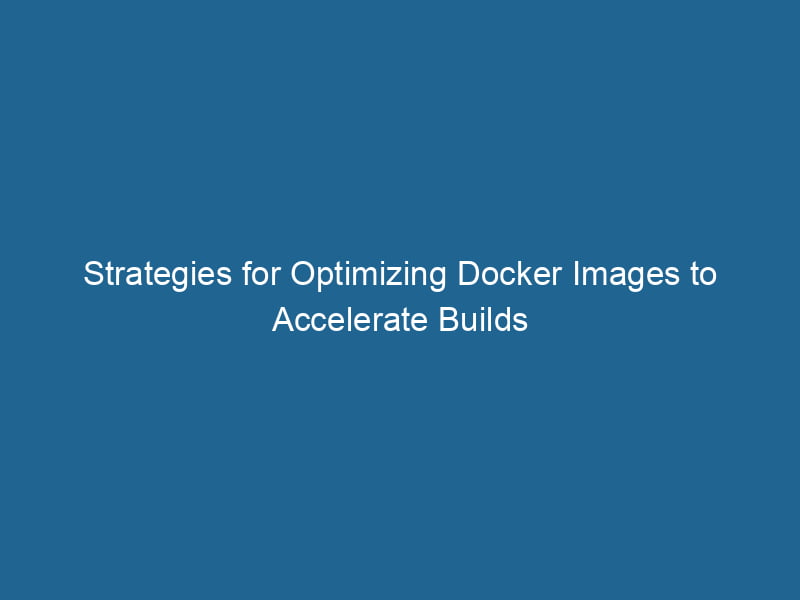
Optimizing Docker images involves minimizing layers, using multi-stage builds, employing specific base images, and leveraging caching effectively. These strategies enhance build speed and reduce image size.
An In-Depth Guide to Docker Container Lifecycle Management
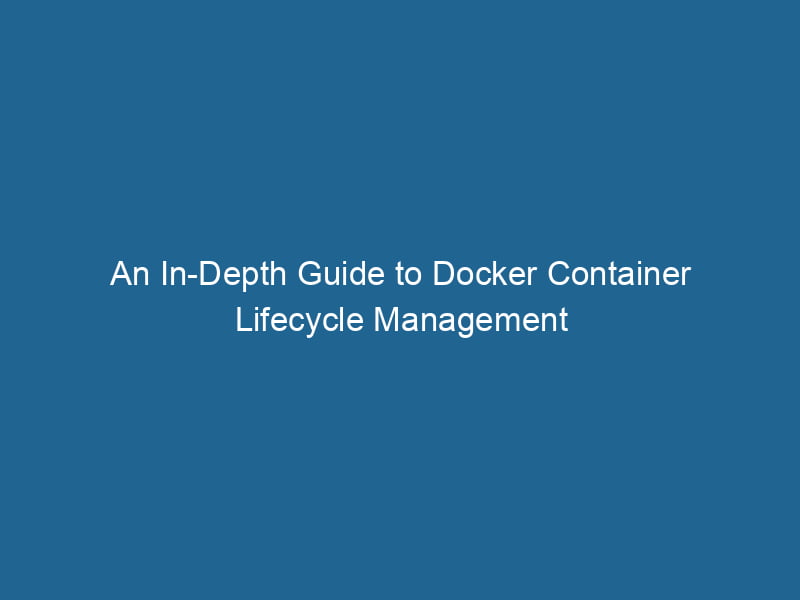
Docker container lifecycle management is crucial for optimizing application deployment. This guide explores phases from creation to destruction, including best practices for monitoring and maintenance.
Optimizing Docker Images with Multi-Stage Build Techniques
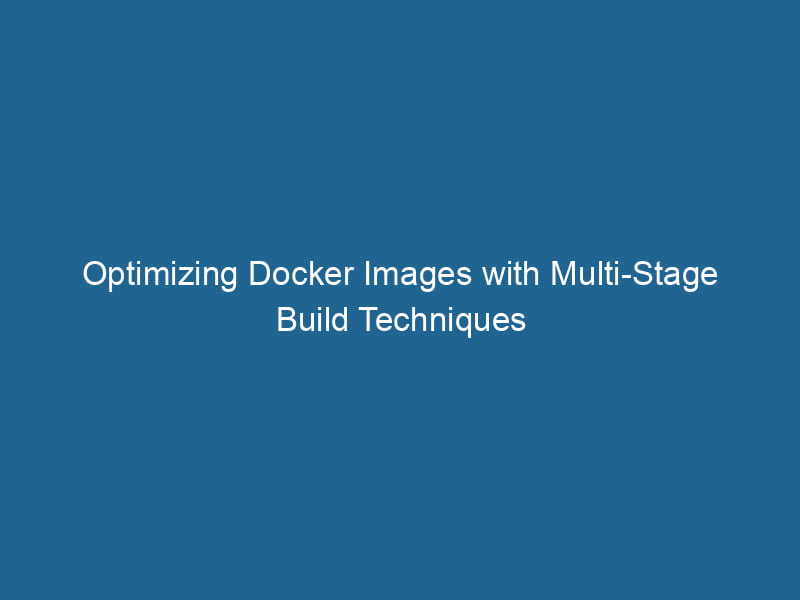
Optimizing Docker images using multi-stage builds allows developers to create smaller, more efficient images by separating the build environment from the runtime environment, reducing unnecessary dependencies.
Efficient Strategies for Running and Managing Docker Containers

Efficiently running and managing Docker containers requires optimizing resource allocation, implementing orchestration tools like Kubernetes, and utilizing CI/CD pipelines for seamless deployment and scaling.
Implementing Docker Volumes for Effective Data Persistence
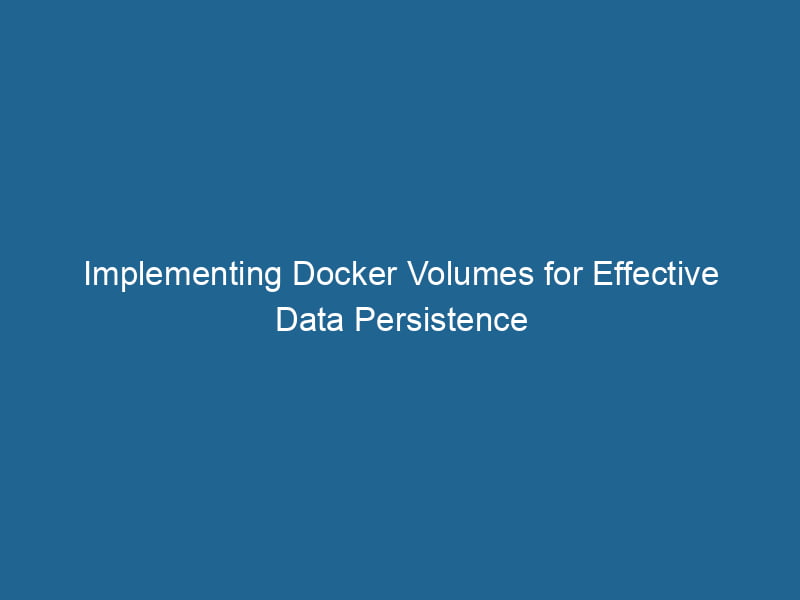
Implementing Docker volumes is essential for effective data persistence. By separating container data from the container lifecycle, volumes enhance data management, enabling easier backups and recovery.
Efficient Strategies for Linking and Networking Docker Containers
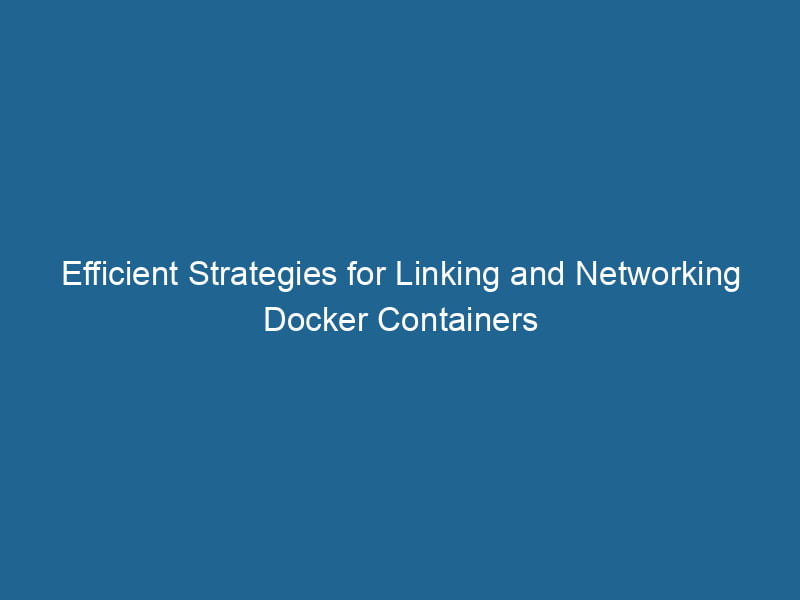
Efficiently linking and networking Docker containers involves utilizing user-defined bridges, overlay networks, and service discovery tools. These strategies enhance communication, scalability, and isolation.
Optimal Strategies for Naming Docker Images and Containers
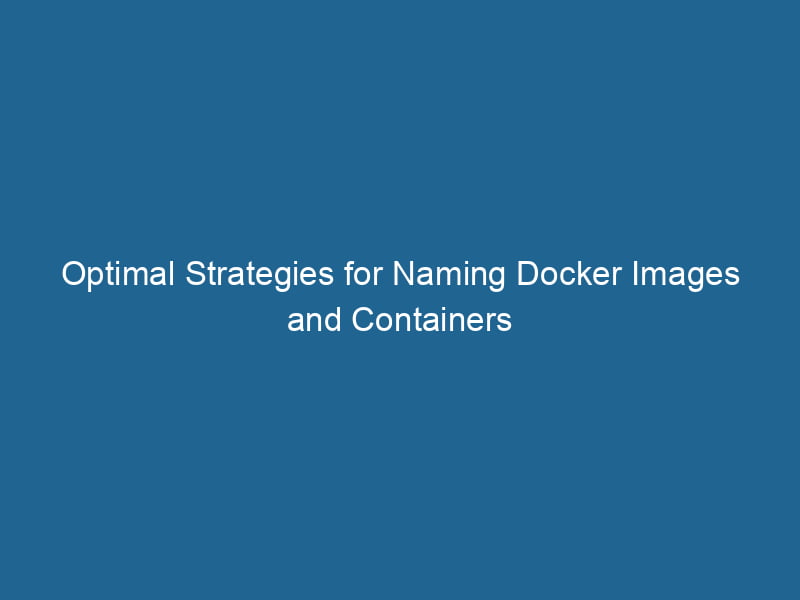
When naming Docker images and containers, adhere to a consistent convention: use meaningful names, specify versions, and leverage tags for clarity. This ensures easier management and identification in complex environments.
